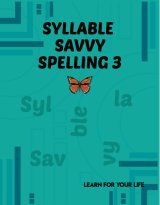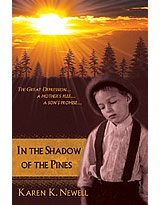Why Read Trixie Belden?
As the tenth edition of Trixie Belden comes rolling off the press, perhaps we should ask what makes this series so popular - even after 77 years?
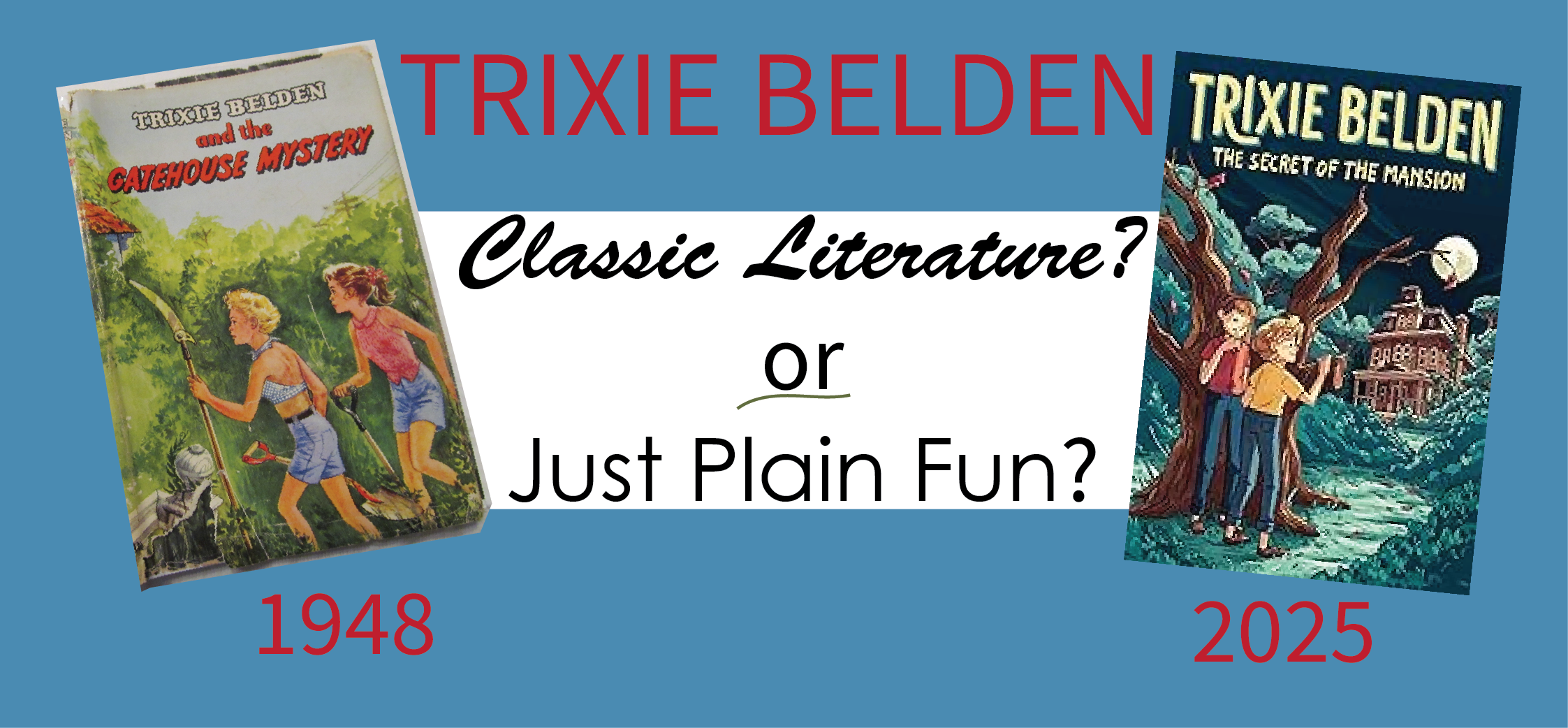
Trixie Belden - Classic Literature?
Any series that manages to get ten different editions in print has accomplished something. So is it time to induct Trixie into the classic literature hall of fame?Let's use two definitions of classic literature to test that idea.
Definition 1 - Fifty years in Continuous Print
The first definition is the easiest and most objective. (And arguably, the least important.)Trixie appeared on the literary scene in 1948, a thirteen year-old destined to remain a teen forever. So, yes, she has been around for more than 50 years.
But in continuous print?
Sadly, no. Her books have gone through peaks and valleys of popularity. They never ascended to the lofty heights of Nancy Drew, for instance. And yet, they remained too popular to drop.
Nine times after the first edition, the books have been reprinted in new formats. Those formats have become collectors editions to a particular portion of the population, an additional feather in the original authors' and publishers cap.
Even the most ardent Trixie fans, however, will have to admit she doesn't quite pass the first test.
Definition 2 - Character Development and/or Advancement of Literary Elements
The more subjective, yet scholarly, test for a work of fiction, is: does the main character under-go significant character development? Or, does the narrative contribute to the advancement of one or more literary elements?
Like the answer to the first question, we get a hesitant "well....maaybeeee."
Trixie, herself, remains the same impulsive character throughout. One might argue that it isn't Trixie that undergoes character development, but she assists it in others.
For instance, in the first book she meets the timid Honey Wheeler, who becomes a courageous-crime fighter under Trixie's tutelage - in just one week. (The governess asked Trixie for help and she complied.)
There are other notable examples of other characters' character-development. But, alas, it does not exactly rise to Definition #2 of classical literature.
An Obvious Critique
One detraction from the Trixie's ability to nudge her way into classic literature is the implausability of the plot.
Now, to be fair, most fiction (including classic) includes at least some events that are statistically unlikely. Detective stories, in particular, are built on such dubious grounds.
As much fun as amateur detectives give their readership, it isn't probable their hero/heroine would just happen to come across the missing clue while the professionals who have access to systematically sift through all the data do not.
When that amateur is an adolescent living in a rural area, the plot becomes even less believable.
However, the same critique of implausability could be laid at the feet of the world's foremost detective: Sherlock himself. So perhaps we shouldn't be too quick to push Trixie off our literary ledge.
Sherlock Holmes vs Trixie Belden

Contrast
Here are the major contrasts of the two sleuths:- A Brit vs an American
- Male vs Female
- Adult vs Teen
- Urban (London) vs Rural (Sleepyside)
- Social recluse vs Center of a close-knit group

Comparison
Sherlock, of course, passes the first test of classic literature above (more than 50 yeras in print) with flying colors.But even the sleuth whose silouette is recognized world-wide would have some struggle with the second definition. Our position is that the individual stories in the Sherlock Holmes canon are popular literature and not classic literature. The series itself, however, IS classic literature.
Why? Because each individual Sherlock story sprinkles one or two facts that paint a complex portrait. It is the story of how Watson discovers the warm heart of his apparently cold-hearted partner. And the one or two general details about Sherlock in each story created a data-base that is sifted and debated hotly - 150 years later. (Now THAT's a classic!)
The Effect of the Series
The Trixie Belden series, while not nearly as enigmatic as Sherlock, presents a similar feat: it is a series that produces a unique effect on it's long-term readers.For while the number of readers may have been smaller for Trixie than for Nancy, it seems that Trixie had a fan-base of more avid followers: young people who read and re-read every book.
The plot of the individual stories is similar to most fiction tales and while entertaining enough, doesn't quite account for her decades-long popularity:
- Introduction: New situation and new characters (Trixie becomes suspicious)
- Rising Action: Bob-whites resist the mystery, then are convinced as the actions builds
- Climax: Trixie (often with one or more BWG's) is held at gun point, or knife point, or is about to drown, or fall off a cliff, or other equally uncomfortable scenario
- Rescue: Hurray to the rescuers. My fav is when Mart rescues her and pretends not to show how much he cares. But it's not always Mart and you can't be too picky about who rescues you anyway.
- Denouement - Solution to the crime and tie up loose ends.
But between the individual adventures there is a thread that ties the Trixie tales together and forces the publisher to keep printing them.
The Trixie Belden Appeal
Why Is Trixie So Loved?
Several factors made Trixie popular - and kept her so for many years.Best Friends in the World
The Cameo Edition (1958 - 1964) was the first to broadcast the invitation:
 Would you like to - solve mysteries... belong to a secret club? Ride, swim, travel, go to parties with the best friends in the world? Then the wonderful adventures of Trixie Belden are written just for you.
Would you like to - solve mysteries... belong to a secret club? Ride, swim, travel, go to parties with the best friends in the world? Then the wonderful adventures of Trixie Belden are written just for you.
No one can compete with the good times Trix has with her friends: neither Nancy, nor the Hardy Brothers, and certainly not Miss Marple or Mr. Holmes. The other Bob-Whites have her back, even though they are teasing her the first half of every mystery.
The series, it turns out, is not as much about crime detection as it is friendship. Who doesn't want to have "the best friends in the world"?
Close Family
Trixie's role in the family catches everyone's attention. A spoiled younger brother, a teasing older brother, and a near-perfect oldest brother; the only thing Trixie is missing is a sister. But when Honey and Diana come into her life, they fulfill the role of best friends and sisters.
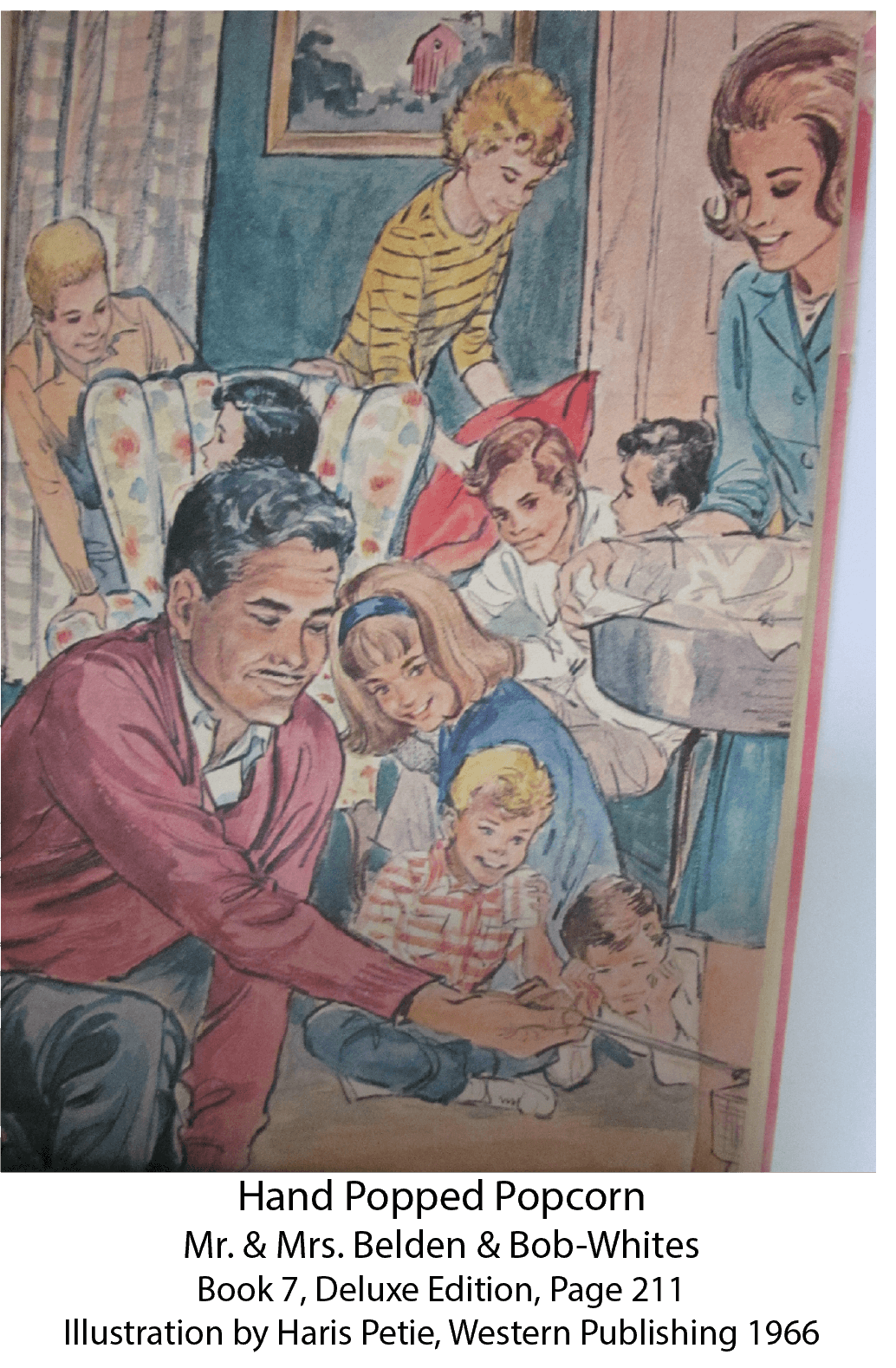
The Beldens, some might say, look like the ideal family. While many modern critics mock "Leave It To Beaver" and the stay-at-home mothers of the 1950s, Mrs. Belden fulfills that role to perfection. (Young readers may not yet share the modern bias that stay-at-home mothering is intrinsically bad.)
The storyline has created a scenario of caring parents who want to give their kids responsibility and independence, but are always available to counsel them. The kids in turn, who trust and respect their parents, don't even think to ask for their wise counsel while trying to catch criminals. Somehow the idea never occurs to them. The parents discover the events in the denouement and are always understanding and forgiving.
I would have been grounded the first time.
Too old-fashioned? Interesting, research is now coming out that our latest generation is too over-protected, over-supervised, and over-regulated with minimal chance to initiate and problem solve on their own. Turns out that the original Boy Scouts had the right idea: caring adults acting as mentors and the boys went on their weekend camping trips with NO ADULTS. And no cell-phones!
Mr. Belden spells out that philosophy in #7: Mysterious Code, when Trixie begs him not to go to the police:
"And you want to be self-sufficient," Mr. Belden said. "I'm always telling your mother to let you manage your own affairs. I guess I'd better take some of my own advice."
The Bob-Whites were the literary embodiement of self-sufficiency.However remote it may seem now, Mr. and Mrs. Belden epitomize that idea: available parental guidance mixed with a growing self-sufficient independence.
Circle of Caring Adults
The outer circle of adults that surrounds the Bob-Whites is also enviable:- Miss Trask, the unimpeachable governess who doesn't bother supervising the previously over-protected Honey
- The selfless Reagan, a twenty-two year old groom who is trusted to co-run the entire estate along with Miss Trask
- Tom, the chaueffer, who taught the Belden boys everything they know about hunting and fishing and marries the Wheeler's maid
- Honey and Diana's wealthy parents, who stay in the background, but happily finance all their trips
- Even the nosy Mr. Lytell and sullen Sargeant Molinson are figures that provide stability in a community bursting with stability.
Trixie: The Heroine with Flaws
Trixie competes with the faultless Nancy Drew and precise-thinking Sherlock, but she does it with flair and flaws.She often blunders through her day. She blurts out what she's thinking, whines about housework, forgets her homework, loses patience with her younger brother and squabbles (hilariously) with her almost twin brother.
The wise and patient Honey is Trixie's foil; they balance each other out. But readers relate to Trixie, the house-work hating teenager. She is much more believable than the silver-spooned Honey who happily does Trixie's chores for her, though she never even has to make her bed in her servant-filled mansion.
Comical Conflict
In addition to Trixie's foibles, the series offers comic relief as she and Mart squabble with each other.One of the most entertaining examples is in #5: Mystery on Glen Road. Trixie and Honey concoct a convoluted scheme: Trixie pretends to be infatuated with Honey's cousin whom she loathes. She is trying to secretly help her brother Brian whom she adores, by pawning a diamond ring given to her by Honey's adopted brother, Jim, whom she admires.
The suspicious Mart critizes her for forgetting to wash windows before Celia and Tom's wedding. A memorable scene follows with tomboy Trixie decked out in a dress:
Trixie scrambled to her feet, tripped on the hem of her skirt, and sprawled headlong. Nobody said anything for a long minute...Then Mart turned and said to Brian, "Since we are unfortunately related to that object, is it not up to us to restore her to some semblance of equilibrium before the departing wedding guests trample her to a pulp?"
"Well, I don't know," Brian said soberly. "She might be more useful as a pulp. When cleaning storm windows, for instance, a spongelike substance comes in might handy."
"True," Mart agreed..."but might she not prove to be a dangerous hazard to myopic guests who could mistake her for a one-dimensional article of furniture, perhaps part of the carpet?"
"I doubt that," Brian replied. "In that strangely feminine garment she is wearing, she looks more like a giant but bruised California orange. In my opinion..."
"Oh, stop it, you two!" Jim exploded with laughter. He reached down two strong arms and helped Trixie to her feet..."Do you feel as though you broke any bones when you salaamed to us so gracefully?"
Trixie glared at him. "I didn't salaam or break any bones smarty. It's this party dress Moms made me wear. I'm going to take it right off so Brian and Mart can use it for cleaning windows."
"Oh, no!" Mart yelped. "Not here and now!"
But beneath the banter, they care about each other as detected in the scene pictured below. Trixie and Honey returned their horses to the stable at night in time to find the three boys saddling their own mounts:
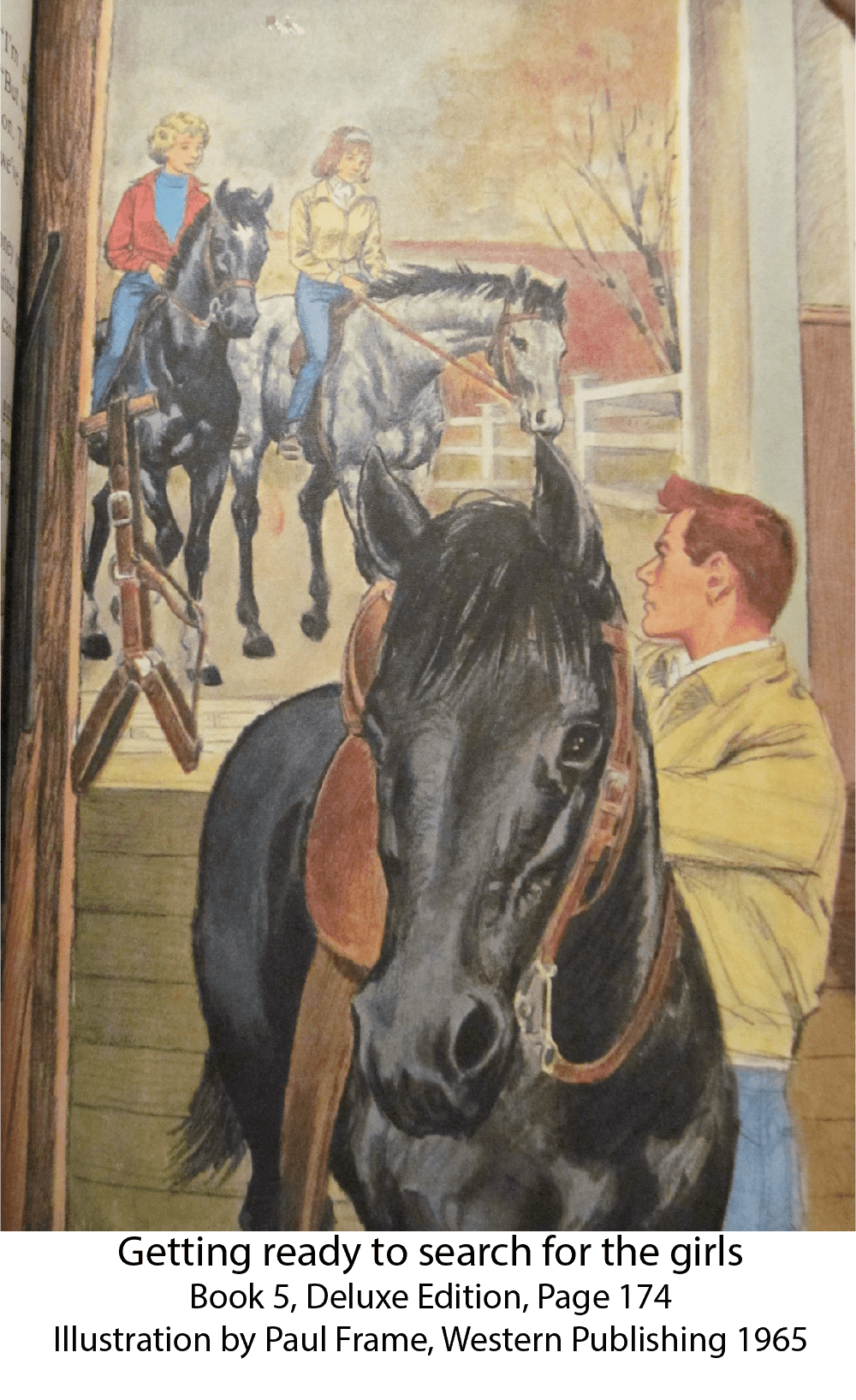
"Are you boys crazy?" Honey demanded,swinging out of her saddle. "You can't go riding at this time of night..."
Jim glared at her. "Where have you two goons been? We were about to form a small posse and go search for your bodies."
"No no," Mart corrrected him. "You have forgotten, Sheriff. We were perfectly willing to leave our sisters in the labyrinth forever. It was the horses we were about to seek. They are valuable"
And note the boys never even considered reporting the missing girls to any of the trusted adults residing within 300 feet of the stable. They had no doubt they could rescue Trixie and Honey from whatever danger might have befallen them (in this case, a suspected poacher).
Work Ethic
Trixie and her brothers live at Crabapple Farm. We would label it a hobby farm today.And work was their hobby. Gardens, chickens, lawn care, house work, cooking, and taking turns watching the bratty little Bobby are woven into the chapters. The ever-present chores, in addition to some side jobs worked by the older boys, gave them money for their fun activities - much of which involved....more work.
Building their club house, caring for their horses, maintaining their camping gear, even their frequent parties and cook outs are a source of labor. Trixie is the only one that complains about the chores (but, to be fair, the old-fashioned division of labor by gender did leave the less interesting tasks to her.)
What Is Missing?
Friends, family, and fun is the foundation of the series, while solving mysteries and catching criminals directs the action. But it wasn't until my adult years I noticed what wasn't mentioned.The War.
World War II ended September 1945. Trixie emerged in 1948. Jim Frayne and Brian Belden missed the fighting by a few years. But their childhood would have been consumed with news from the front lines.
And the culture of war didn't end immediately. For the next 30 years that generation referred to it as THE war, as though there never had been any other. Soldiers returned slowly. The Baby Boom occured. Those were the kids the first reprints were made for.
As the individual stories were written and the books hit the market, the real war turned into the Cold War.
Not once is that conflict mentioned. While the Bob-Whites already had their career plans laid out, no one even considered military service - in spite of the fact that Jim, Brian, Mart, and later Dan were the ideal male recruits. Adventure-loving Trixie as well as Honey and Diana would have also been assetts to the armed forces.
But Trixie is the result of a generation that needed to heal from the constant reminder of war. The publishers hired first Julie Campbell, then later other writers under an assumed name to produce kid's books that would appeal to a new generation. Like the post-WWII toddler book, Make Way for the Ducklings, one can detect the desire of a population eager to find normalcy in a war-weary world.
What is left when strong young men return with broken lives after being sent to kill men they had never met?
For Trixie and her loved ones the answer was: each other.
Turns out, it's a winning formula.
In spite of the improbable plot of a 13 year old, average student from a working class family being the president of the club formed with two ultra-rich families, and she - the youngest - and most flawed character - still outsmarts all of them and the criminals, and the professionals; the reading public comes back again and again.
Trixie - A New Type of Classic
Perhaps we need a new definition of classic literature: a series that keeps going because it meets a universal desire. What kid doesn't want the adventure of gaining independence, the security of caring adults when needed, and the very best friends in the world?The Bob-Whites knew what was important. They had one another. Eight decades later, loyal friends and loving families are still in vogue.
The individual books are fun detective stories for kids. But the series is more. Helping others, admitting you're wrong, good old-fashioned hard work, loving your friends and family no matter what happens.
Only thing missing is treachery and danger, but somehow Trixie always manages to find that.


About Our Site
Hands-On Learning








